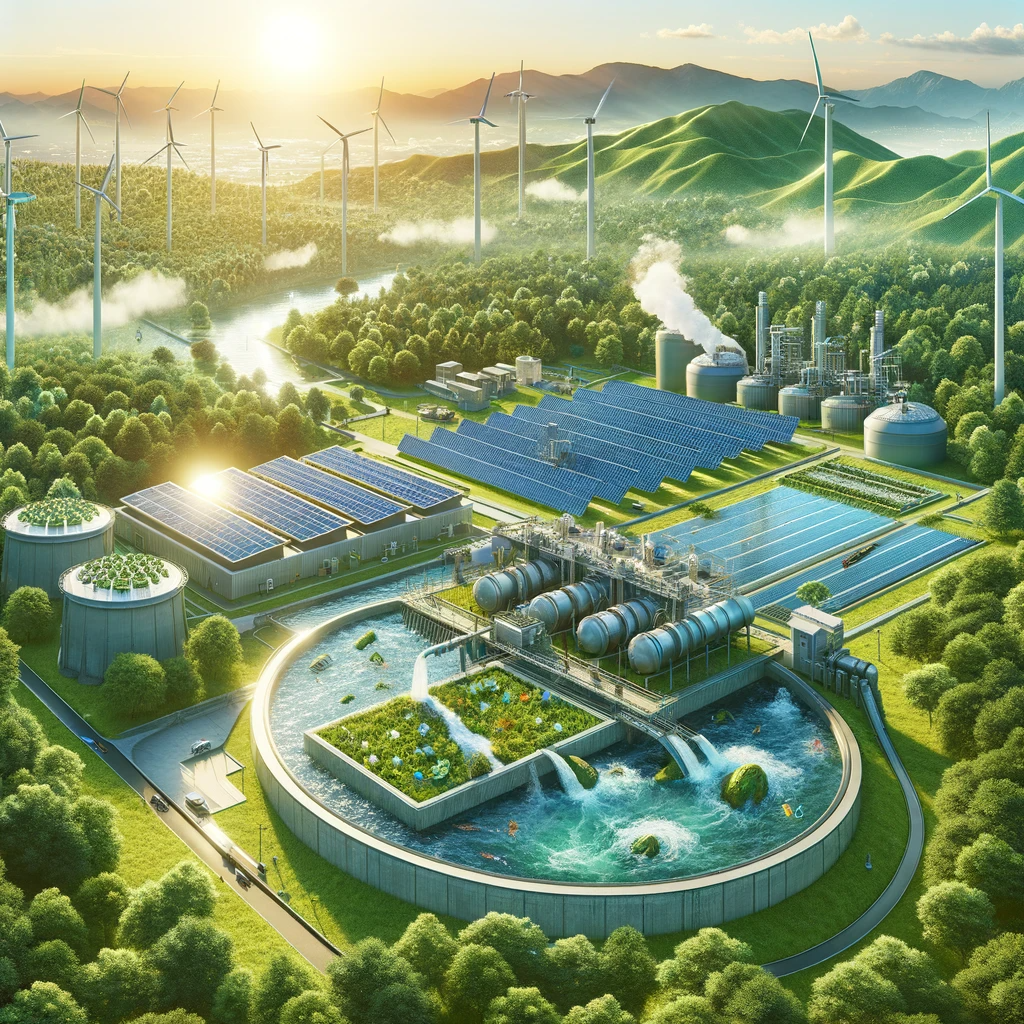Waste Water Supply: A Gateway to Green Energy and Resource RecoveryWaste Water Supply: A Gateway to Green Energy and Resource Recovery
Waste water supply, traditionally viewed as a disposal challenge, is increasingly being recognized as a valuable resource for green energy and material recovery. This article delves into the innovative ways in which waste water is contributing to sustainability, focusing on biogas production, nutrient recovery, and its role in circular economy models.

Biogas Production from Waste Water
One of the most promising areas of waste water innovation is in the production of biogas. Biogas, primarily composed of methane, is generated through the anaerobic digestion of organic matter in waste water. This process not only treats the waste water but also produces energy that can be used for heating, electricity, or even as a vehicle fuel. Advanced anaerobic digestion facilities are being integrated into waste water treatment plants, turning them into energy-producing assets rather than energy consumers.
Nutrient Recovery: Vital for Sustainable Agriculture
Waste water is rich in nutrients like nitrogen and phosphorus, which are essential for plant growth. Innovations in waste water treatment technology have made it possible to recover these nutrients efficiently. Techniques such as struvite precipitation allow for the extraction of phosphorus in a usable form. Recovered nutrients can be transformed into fertilizers, providing a sustainable alternative to synthetic fertilizers and helping to close the nutrient loop in agricultural practices.
Waste Water and Circular Economy
The circular economy model, which focuses on reusing and recycling resources, finds a perfect ally in waste water supply management. By recovering resources like water, energy, and nutrients, waste water treatment becomes an integral part of the circular economy. This approach not only reduces environmental impacts but also offers economic benefits by turning waste streams into revenue sources.
Challenges and Opportunities
While the potential of waste water as a resource is immense, there are challenges in terms of technology, economics, and public perception. Investment in research and development, along with supportive policies and public awareness campaigns, are essential to overcome these barriers. Successful examples around the world, such as Sweden’s integration of waste water treatment with district heating systems, provide inspiration and practical models to follow.
Conclusion
The role of waste water supply in green energy generation and resource recovery is a testament to the innovative spirit driving sustainable environmental management. As we continue to explore and invest in these technologies, waste water will increasingly become a cornerstone of a greener, more sustainable future.
